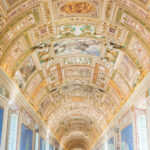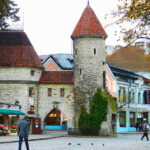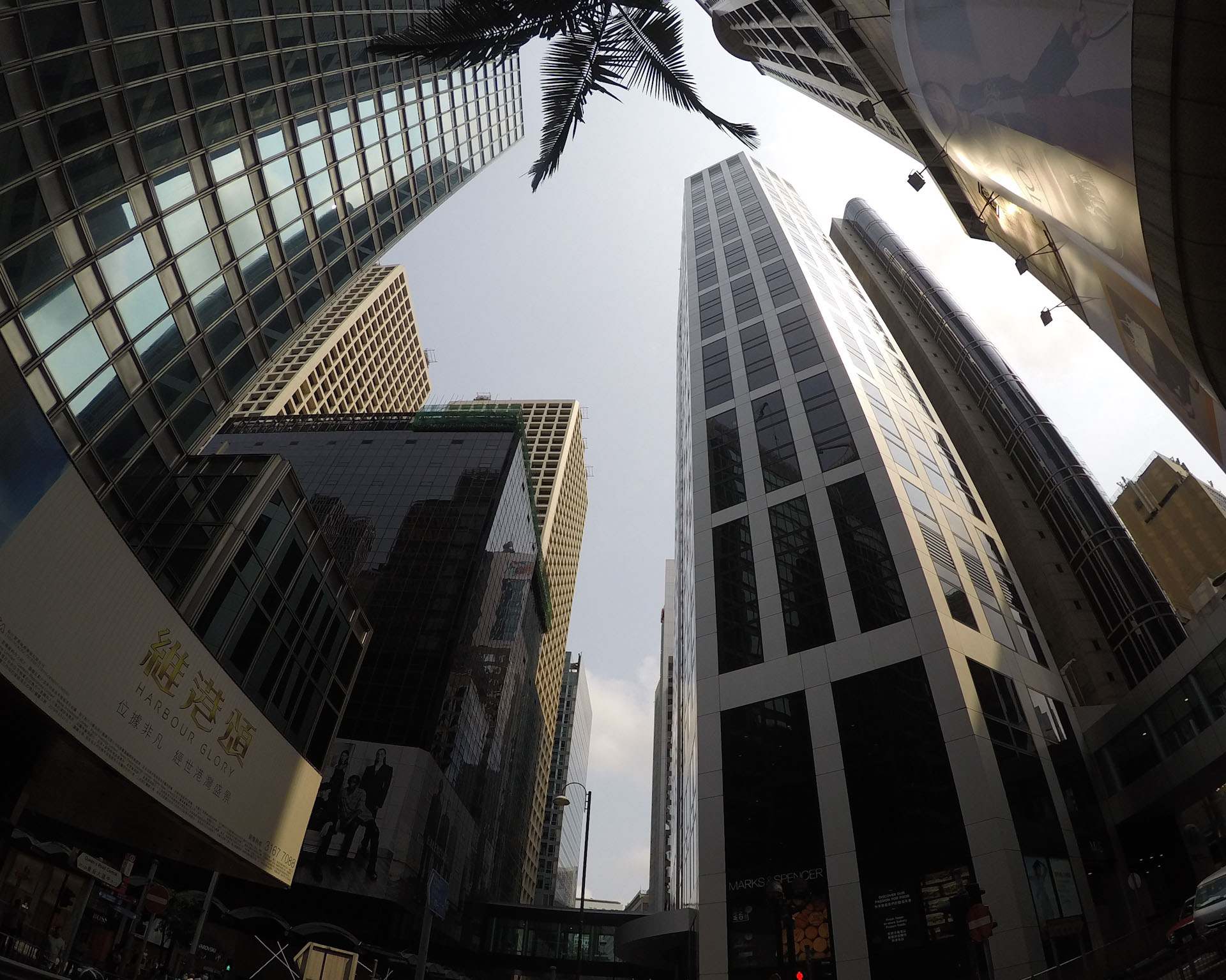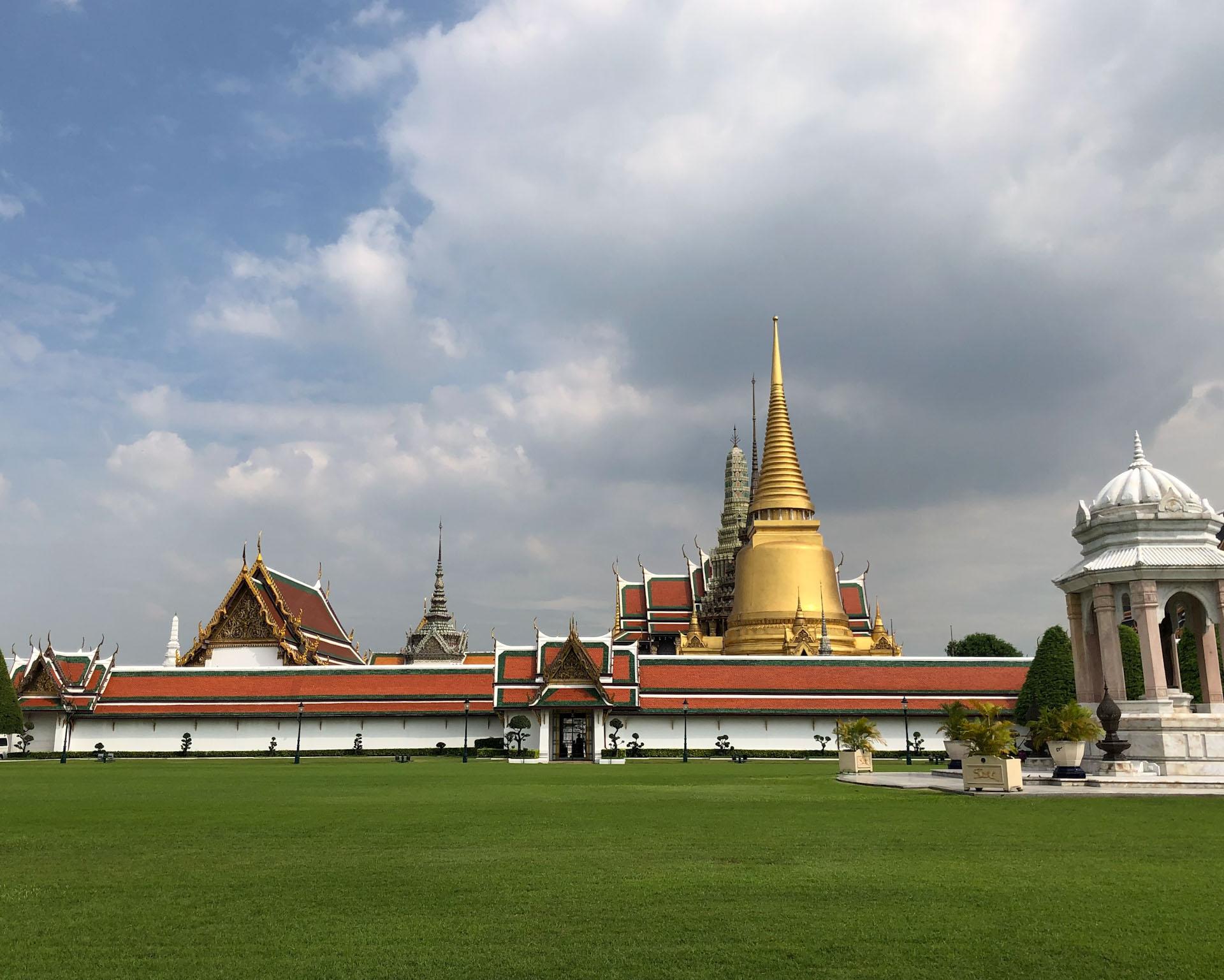The Secrets and Legends of Angkor Wat continue to fascinate visitors to this day. This ancient temple complex in Cambodia is shrouded in mystery, with many stories and myths about its creation and purpose.
Angkor Wat is one of the world’s most well-known and visited sites. It is a magnificent temple complex in Cambodia that King Suryavarman II constructed in the 12th century as a Hindu shrine devoted to Vishnu but subsequently changed to a Buddhist sanctuary. A marvel of Khmer architecture and art, Angkor Wat is the biggest sacred building in the world, measuring 500 acres (2 sq km). But many mysteries and stories lie behind its imposing towers and magnificent carvings, adding to its attraction and mystique. In this blog article, we will look at some of the myths and mysteries surrounding Angkor Wat and learn why it is such an intriguing and magical location.
The Lost Name of Angkor Wat
The name Angkor Wat translates to “City Temple” or “City of Temples” in Khmer, the country of Cambodia’s official language. However, this was not the temple’s original name when it was first constructed. The name Vrah Viuloka or Parama Viuloka, which means “the sacred dwelling of Vishnu” or “the supreme abode of Vishnu,” was originally given to the structure. This name honors the temple’s Hindu origins and objectives as well as its orientation to the west, which is connected to Vishnu. Later, perhaps when the temple converted to Buddhism in the 13th century, the name Angkor Wat was bestowed. Sanskrit term nagara, which means “city” in the name Angkor, and Sanskrit word va, which means “enclosure” in the name wat. Western explorers and academics who were astounded by its magnitude and beauty in the 19th century coined the term Angkor Wat.
The Hidden City of Angkor Wat
A greater city originally grew up around Angkor Wat, thus it is more than simply a temple. The Sanskrit name for this city was Angkor, which translates to “the glorious city” in English as Yaodharapura. From the ninth until the fifteenth centuries, it served as the seat of the Khmer Empire, which dominated much of Southeast Asia. At its height, Angkor had a population of over a million, making it one of the biggest and wealthiest cities ever. Over an area of around 1,000 sq km (386 sq mi), it possessed a sophisticated network of roadways, canals, bridges, reservoirs, palaces, temples, and other buildings. However, the majority of these buildings were built of brick or wood, which decomposed over time or was destroyed by invasions and conflicts. Only the stone temples, including Angkor Wat and its neighbors, have survived. Before being found by Western explorers in the 19th century, Angkor was concealed for many years by the thick jungle that had grown over it. Since then, employing a variety of techniques and technology, archaeologists have been learning more and more of its mysteries. Using lidar, a laser scanning method that can see through plants and show the contours of the terrain below, one of the most recent and groundbreaking findings was achieved in 2012. Lidar discovered that Greater Angkor was part of a vast city that linked to Angkor Wat and went beyond its moat. Lidar also identified several previously undiscovered features in and surrounding Angkor Wat, including city blocks, neighborhoods, ponds, and other buildings.
Angkor Wat’s Mysterious Carvings
The towers and walls of Angkor Wat are covered with beautiful and ornate sculptures. Various Hindu mythological and historical events are depicted in these carvings, including the churning of the ocean of milk (a cosmic occurrence that gave rise to numerous divine beings and objects), the battle of Kurukshetra (a fabled conflict between two clans of cousins), and the life and accomplishments of King Suryavarman II (the architect of Angkor Wat). Numerous devatas (female goddesses) and apsaras (celestial dancers), who embellish the temple with their elegant positions and emotions, are also shown in the sculptures. Some of these sculptures, nevertheless, are more difficult to decipher or comprehend. For instance, some sculptures depict bizarre animals or other creatures that bear no resemblance to any species known to exist on Earth. According to some academics, they could be depictions of supernatural animals or hybrid creatures from Hindu mythology. Others have hypothesized that these might be representations of extinct creatures or even extraterrestrial beings. Why certain engravings have been changed or vandalized throughout time is another enigma. For instance, some devatas have had their breasts cut off or their faces chiseled out. According to some academics, this may be the result of vandalism committed by invaders or iconoclasts who wished to remove or desecrate the representations of other faiths. Others have hypothesized that this may be the result of a religious conversion or renovation carried out by subsequent kings who want to alter or modernize the temple’s look or significance.
The Angkor Wat Legend
For many Cambodians and Buddhists who see it as a hallowed location, Angkor Wat is not just a historical landmark but also a living tale. According to one myth, supernatural spirits who descended from heaven assisted King Suryavarman II in realizing his vision of building a great temple for Vishnu. This is how Angkor Wat came to be. For many years, these creatures labored day and night to do their duty. But as a symbol of their modesty and appreciation for human ingenuity, they left certain incomplete features on some areas of the temple. Another myth claims that Visvakarman, an architect, created Angkor Wat using a magical instrument called Indra’s net that let him to make whatever he desired. As a thank-you for the wonderful treatment he received from King Suryavarman II, he utilized this technology to build Angkor Wat in a single night. He did, however, also leave certain features on some areas of the temple incomplete as a token of his humility and thankfulness for the generosity of others.
More than simply a temple, Angkor Wat is a marvel of human civilization that has enthralled and inspired generations of tourists from across the globe. Additionally, it has a wealth of mysteries and stories that shed light on both its illustrious past and vibrant present, as well as its ongoing fascination and mystery. No matter your interests—architecture, art, religion, or mythology—Angkor Wat has something to awe you. So don’t pass up this chance to explore one of the most incredible locations on earth!

Malta 's crystal sea waters

Cappadocia Turkey

Vatican Museums

Wildlife and Nature of Slovenia









